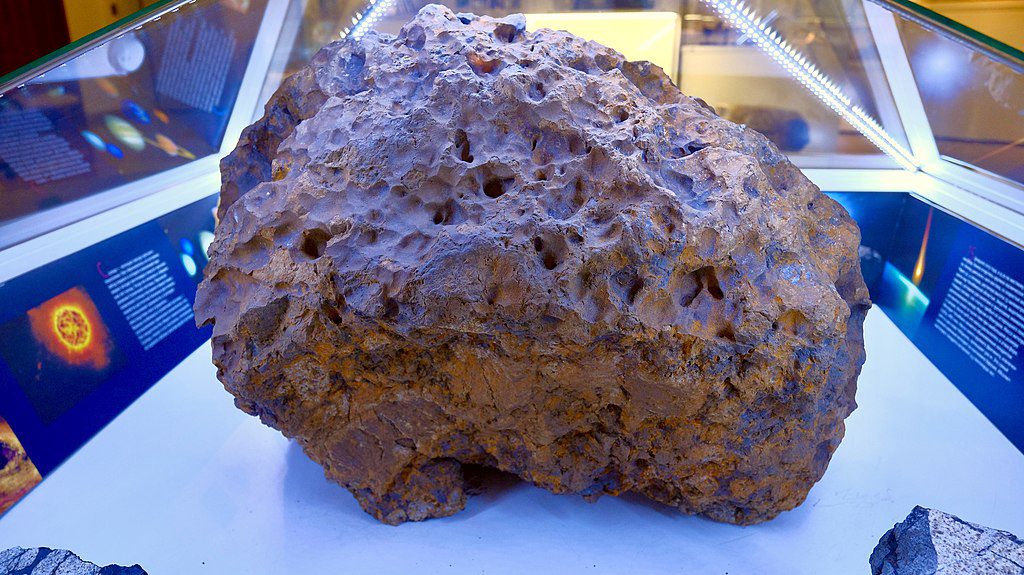Ten years ago today, Earth was struck by the most spectacular and dangerous meteor impact in living memory: the Chelyabinsk meteor. While the world got off relatively lightly from this incident – many casualties, but no fatalities – it was a stern reminder that the threat of meteors should never be underestimated. Just ask the dinosaurs.
Chelyabinsk: The largest meteor impact in living memory
On February 15, 2013, at 9:20 am as people were getting ready for the day, the sky above Russia lit up with a bright streak above Chelyabinsk Oblast in the southern Ural region. Shocked onlookers didn’t know at the time, but this was the result of a space rock crashing to Earth.
At an altitude of around 45 kilometers (30 miles), it slammed into the atmosphere at a speed of 19 kilometers per second (42,690 miles per hour), resulting in a violent shockwave that was roughly the equivalent of 440 kiloton explosion of TNT, according to NASA.
Later research indicated that the celestial object initially measured around 20 meters (65 feet) wide and weighed approximately 12,000 tons. That’s relatively small for a meteorite, but it clearly packed a punch.
Windows shattered, car alarms went off, and roofs collapsed, resulting in the injury of some 1,500 people. Thanks to smartphones, vehicle dash cams, and security cameras, the event is perhaps the first time a prominent meteor strike was recorded from numerous angles simultaneously, allowing scientists to study it.
Much of the meteor’s mass burnt off as it tore through the atmosphere while other chips of the rock were flung across the Chelyabinsk Oblast. School kids and curious residents reportedly found fragments of the meteorite around the local area, but kept it quiet out of fear they might be taken away by scientists or state authorities.
In the hours following the initial crash, a 6-meter (20-foot) wide hole was discovered in the frozen surface of Lake Chebarkul. After a recovery mission that took several months, researchers managed to pull out a 654-kilogram (1,442 pounds) meteorite from the bottom of the lake. The bulk of this incredible object now lies at the State History Museum of South Ural in Chelyabinsk.

The Chelyabinsk meteorite was a bit of a wake-up call of how a bigger meteorite impact might affect Earth, but we’re still surprisingly bad at predicting them.
How do we predict meteor impacts?
Earlier this week, a small meteor about 1 meter (3 feet) in diameter burned up over the Channel between France and the UK in the early hours of the morning. Remarkably, that was just the seventh time ever an asteroid impact has been predicted before it happened.
Scientists and space agencies around the world keep a close eye on the problem through the monitoring of near-Earth objects. Once found, the orbits of those objects can be determined and their future paths predicted to assess whether an impact is likely. However, many potentially hazardous objects continue to remain undetected.
Humanity isn’t completely clueless about the issue though. Last year saw the success of NASA’s incredible DART mission, where the agency purposely crashed a spacecraft into a celestial object for the first time, changing its orbit forever. It showed that we potentially possess the power to deflect a space rock that’s heading toward Earth.
That depends, however, on whether we spot the dangerous space rock before it’s too late.
Source Link: It's 10 Years Since The Most Spectacular Meteor Impact In Living Memory